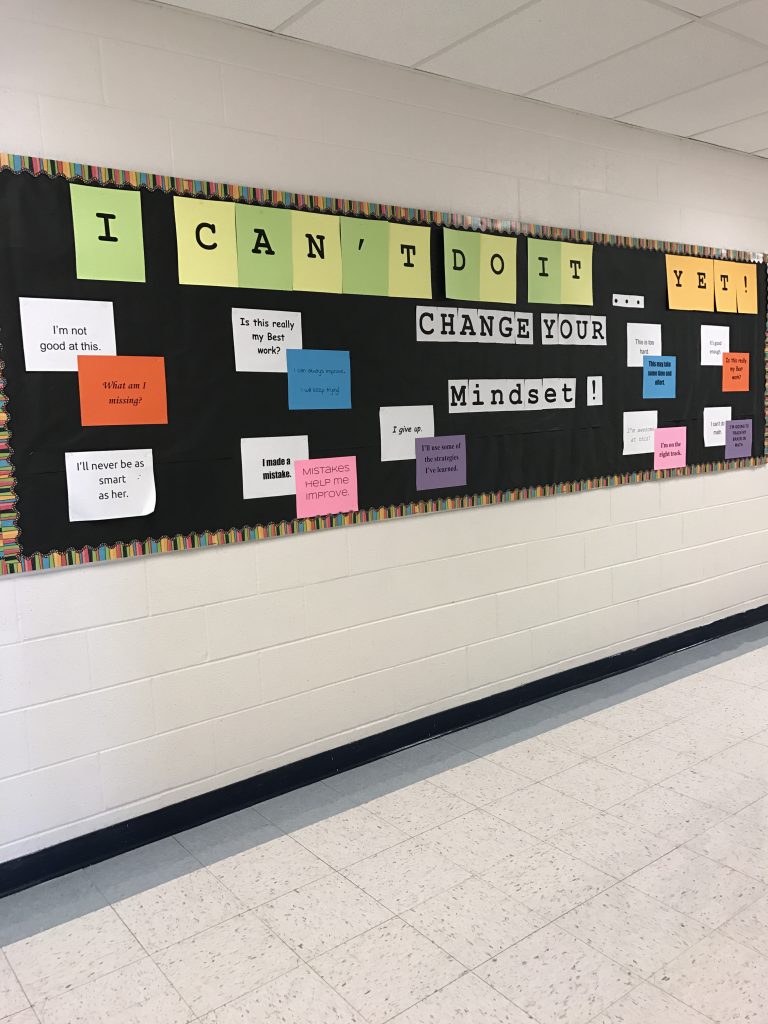In the background on the news, Arne Duncan is describing a new classroom model we could use, inspired by the pandemic. Instead of a large group of teachers with small classes, we take that “Albert Einstein” of a teacher and give that teacher 1,000-some students, taking advantage of the technology that allows us to stream lessons to huge groups. Then schools add tutorials to enforce that learning. Instead of the set-up below:


I will not say that this Einstein model cannot work. I am taking a neuroscience class right now that operates on a similar model — me, along with over 2,000 other people.
But my first thought as I listened was, “and THAT will sure widen the achievement gap.”
I’ve expressed this idea before: I can easily teach algebra to a group of 60 students who are all (or almost all) certain they intend to go to college. Those students believe they require a good grade from me for their college applications. They may even believe they need to learn algebra. In that class, behavioral problems are likely to be minimal and class participation high. Conversely, if I have a class of 22 students, 10 of whom intend to drop out, I may be in for the pedagogical ride of my life. Reader, just try to get an aspiring drop-out off his phone when he WANTS to be thrown out of class. Or try to get Tom to quit talking to Iliana when Iliana is the only reason Tom came to class in the first place.
Who we have in our classes should determine how we teach. Huge, online classes like the one described require a great deal of personal motivation. It’s easy to drift off. If a student doesn’t have to be on screen, that student can play phone games the whole hour, just drifting in for long enough to document he or she logged in, even if the closing activity shows a spectacular lack of understanding of the day’s content. The lack of any real relationship with “Albert Einstein” factors in, too. I have taught many students who did their work for ME, not for themselves. That’s not what teachers want, but I’ll take that algebra homework any way I can get it.
As to the supporting tutorials, the student who never listens to the lecture in the first place won’t have many questions. That student may even try to duck most of the tutorial to avoid revealing how little he or she absorbed from Super Lecturer’s stream of thought. First, a student has to listen. If tutorials are done remotely, lack of student engagement can ensure that students who did not listen to Round 1 manage to miss most or all of the benefits from Round 2.
As I listened to Arne, I found myself having one of those tear-my-hair-out, it’s-definitely-time-to-quit moments. So many people planning educational policy seem to start with the assumption that eager, willing students will be sitting at their laptops just waiting to be let into their virtual classroom so they can begin an exciting day of learning. So many of those planners want to “innovate,” despite the fact that NCLB, Race to the Top and the Common core worked about as well as the average concrete life jacket.
Those eager, waiting students are out there. But we have to figure out how to teach their less enthusiastic counterparts too. A less personal approach seems highly unlikely to work. I wish people generating ideas like this latest one would take a few minutes to visualize a real student. I understand something that Arne has often seemed to miss through the years: Many kids are only barely hanging on in school, often thanks to a teacher or paraprofessional in the classroom who is providing a listening, caring ear along with emotional support and praise.
If we want proof that some students don’t want to be in our Einsteinian classroom we might consider the fact that the “U.S. Department of Education says enrollment in public schools during the pandemic has dropped by more than 1.5 million students. Some have switched to private schools or at-home learning. Others have just vanished from the system.” (Public schools have seen a massive drop in enrollment since the start of the pandemic – CBS News.)
The problem with remote learning is that it is… remote. Being remote, that learning becomes avoidable. I could completely duck my neuroscience course and learn nothing if I chose. I’m sure a lot of informal, haphazard home schooling is taking place in America right now, unsupported by any overarching curriculum. All across the country, parents obviously signed off on children not signing in.
If Einstein says, “the Occipital temporal gyrus and the parahippocampal gyrus extend down into the occipital lobe, and at some point in the occipital lobe, we define a region that is a boundary between the lingual gyrus near the midline, and what remains here of the occipital temporal gyrus,” I can bail. I can decide to listen to a mystery novel or play Words with Friends instead of making my way through that sentence. Many of our students are in the same position. With 1.5 million students who simply left the US educational system, we should be asking one question: How do we get our students back?
A personal relationship with a school and teacher would provide our best start.

We are going into our third pandemic school year and that year has begun with a disquieting number of closures, quarantines and reverses to remote instruction for unlucky students. We can’t afford to add any educational experiments to a mix so explosive that it has already taken a million and a half students out of the theater.
